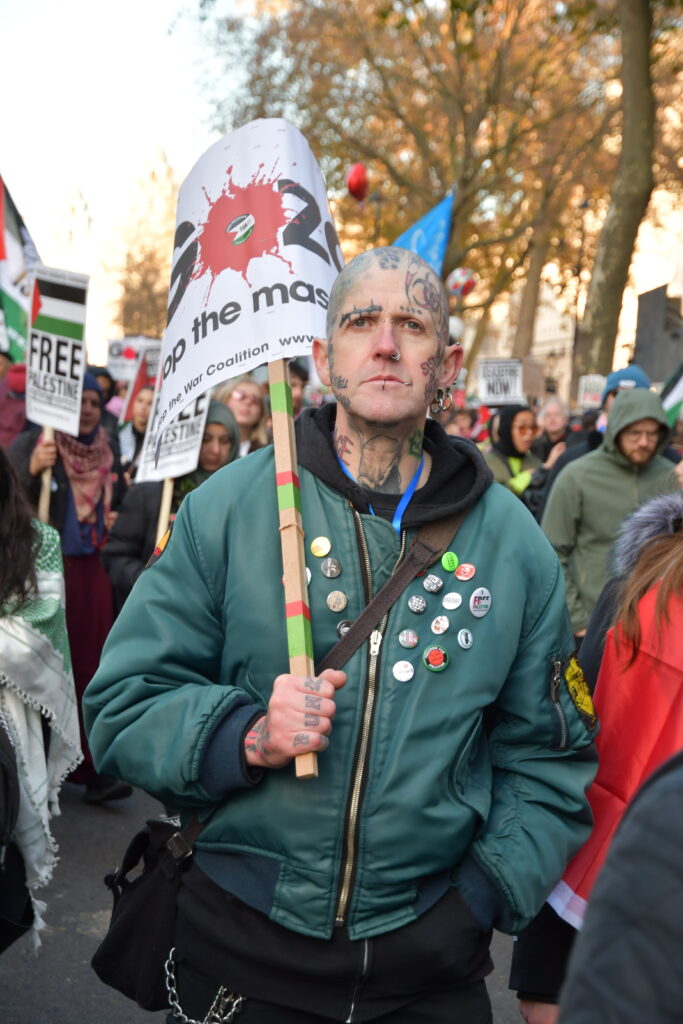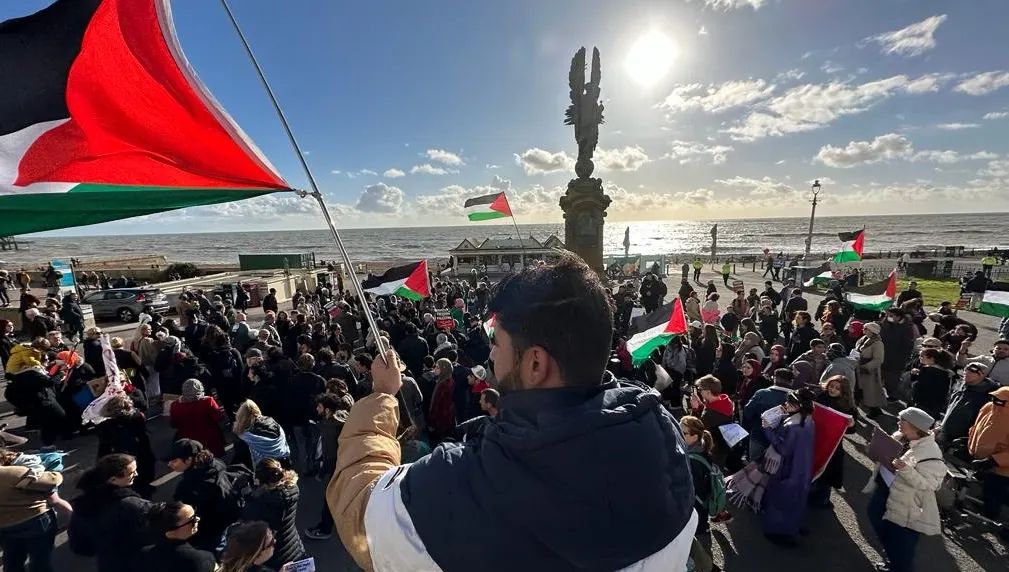Beyond the amount of firepower, war is also about who controls the narrative. While various international and local media outlets are trying to cover the ongoing Gaza conflict, false information and misleading posts are also increasing rapidly on social media platforms to gain support, get sympathy, or incite anger on both sides. It is important to be critical of the information we receive, and remember that real lives are at stake.
Since 7 October, disinformation and misinformation about the war on Gaza have been circulating on social media, particularly on X, formerly Twitter, and TikTok. But first, let us define disinformation and misinformation.

According to the United Nations High Commissioner for Refugees (UNHCR), disinformation is the deliberate spread of false information to incite fear and suspicion. Meanwhile, misinformation is false or inaccurate information regardless of the intent to mislead. In short, the difference between misinformation and disinformation is in the intent. If you accidentally shared or tweeted a post only to find out that it is false, then that is misinformation. However, if you share it knowing it is false and intending to incite strong emotions, then that is disinformation.
Supporters of both Israel and Palestine are trying to generate sympathy from the users. For example, to generate support for the conflict, a pro-Israeli viral TikTok video showed a prominent general from the Israel Defense Force (IDF) being held captive by Hamas. This post has since been confirmed false by an IDF spokesperson and the Associated Press. Another video circulated on X, from a pro-Palestinian supporter, claims that Israel is creating fake footage and playing the victim. However, this video is actually behind-the-scenes footage of a Palestinian short film about the departure of Palestinians who were forced to leave their homes as a result of the Israeli occupation.
War is also about who controls the narrative
At times of conflict, the concern with disinformation and misinformation lies in the phenomenon of Truth Decay. This is where people no longer agree on facts and analysis because of differing opinions and personal biases. Users can no longer trust credible sources of information, and opinion overpowers fact.
One prominent example is the explosion at the Al-Ahli Arab Hospital. There were social media posts circulating that claimed the IDF had bombed the hospital. Meanwhile, the IDF blamed a failed rocket from a Palestinian armed group. To provide evidence for their claim that the explosion was caused by Palestinians, the Israel government released a video on social media showing that the rocket came from inside Gaza. However, investigations by different news organisations such as The New York Times and Al Jazeera discredited the video.
Disinformation adds to the confusion and tension on social media. Users discredit the death toll of Palestinian civilians from the hospital explosion as “Hamas-run” or propaganda tactics to gain sympathy and support for Palestine. Meanwhile, there are users who use the conflict to justify their anti-semitic comments.
As social media users, we have the responsibility to be critical of what we click, post, and share. When encountering viral posts, look to trusted news sources to verify the information. Be aware of any posts that trigger strong emotions because that is how false information gets shared. Check if the post was recently published or if it has been shared on other social media platforms.
Next, read the context of the post. If it is a video, double-check what it was about and who was featured. Context provides a deeper understanding and clearer perspective of the issue.
Lastly, view any post that triggers strong emotions with caution. Disinformation uses the power of emotions to ensure that the post will gain traction and hit virality. But, it also does not mean that all stories that deliberately make you feel something are automatically false.
Social media is used to raise awareness and call for action. Calling for a ceasefire does not mean you support Hamas. It means you support humanitarian aid in Gaza, offer solidarity to the victims on both sides of this conflict, and want to find a more concrete solution for peace. For Palestinians, justice and peace remain elusive. In times of conflict, neutrality and silence make one complicit with the oppressor. To quote a line from a reality show, “Kim, there’s people that are dying”.

